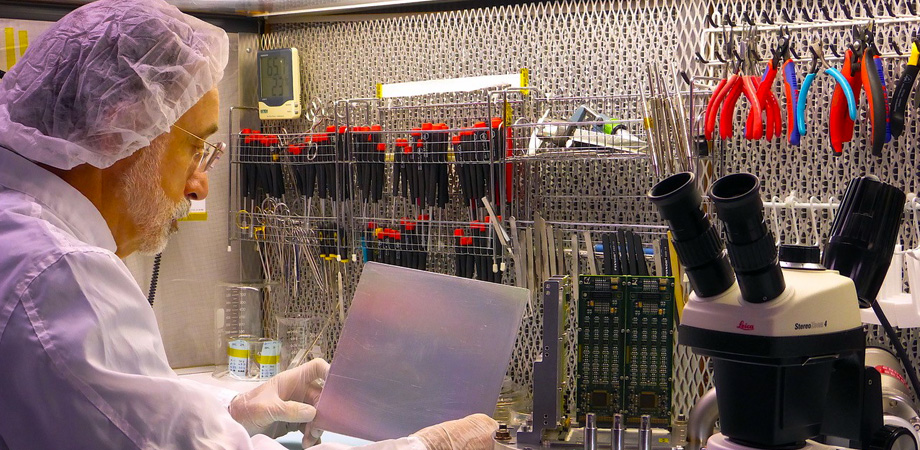Oswald Siegmund: The 2020 SPIE George W. Goddard Award in Space and Airborne Optics

This is not the first SPIE George W. Goddard Award in Space and Airborne Optics recognition for Senior Space Fellow at UC Berkeley's Space Sciences Laboratory Oswald "Ossy" Siegmund: in 2017, as part of the New Horizons Optical Instrumentation team, he was one of 39 co-recipients. This year he has that recognition all to himself.
Over a multi-decade career, Siegmund has relentlessly advanced the technology required for photosensitive remote-imaging detectors for space-physics investigations, building photodetectors for spaceflight instruments for multiple missions including NASA's Juno space probe, Hubble Space Telescope, New Horizons, GALEX, TIMED, FUSE, IMAGE, SOHO, and Lunar Reconnaissance Orbiter Lyman-Alpha Mapping Project, as well as the European Space Agency's Rosetta space probe.
An SPIE Senior Member, he has published more than 400 papers, and is a regular chair, organizer, and session leader for the SPIE conference "UV, X-Ray, and Gamma-Ray Space Instrumentation for Astronomy." Throughout his career he has also been a dedicated mentor, regularly employing undergraduates in his Space Sciences lab: professional research experiences such as these can have life-transforming impact on the students and are essential to bringing motivated students into the science and engineering arenas.
"As Frank Low is to infrared bolometers, and as James Janesick is to the charge-coupled devices, Dr. Sigmund is one of those few instrumentalists whose name is synonymous with the development of a particular detection device," notes Incom Research Scientist Camden Ertley, who worked with Siegmund at the Space Sciences Laboratory as a postdoc. "In Ossy's case, it is the microchannel plate detectors for use in the soft X-ray, ultra-violet and visible wavelength ranges, particularly when utilized in space-science missions. But Ossy's contributions aren't limited to such missions, instead spanning many areas from remote sensing and high-energy physics to time-resolved biological, medical, and neutron imaging. His expertise is sought after by researchers all over the world, to design and build their customized detectors for space and ground applications."
Read more about Oswald Siegmund and the SPIE George W. Goddard Award in Space and Airborne Optics.



